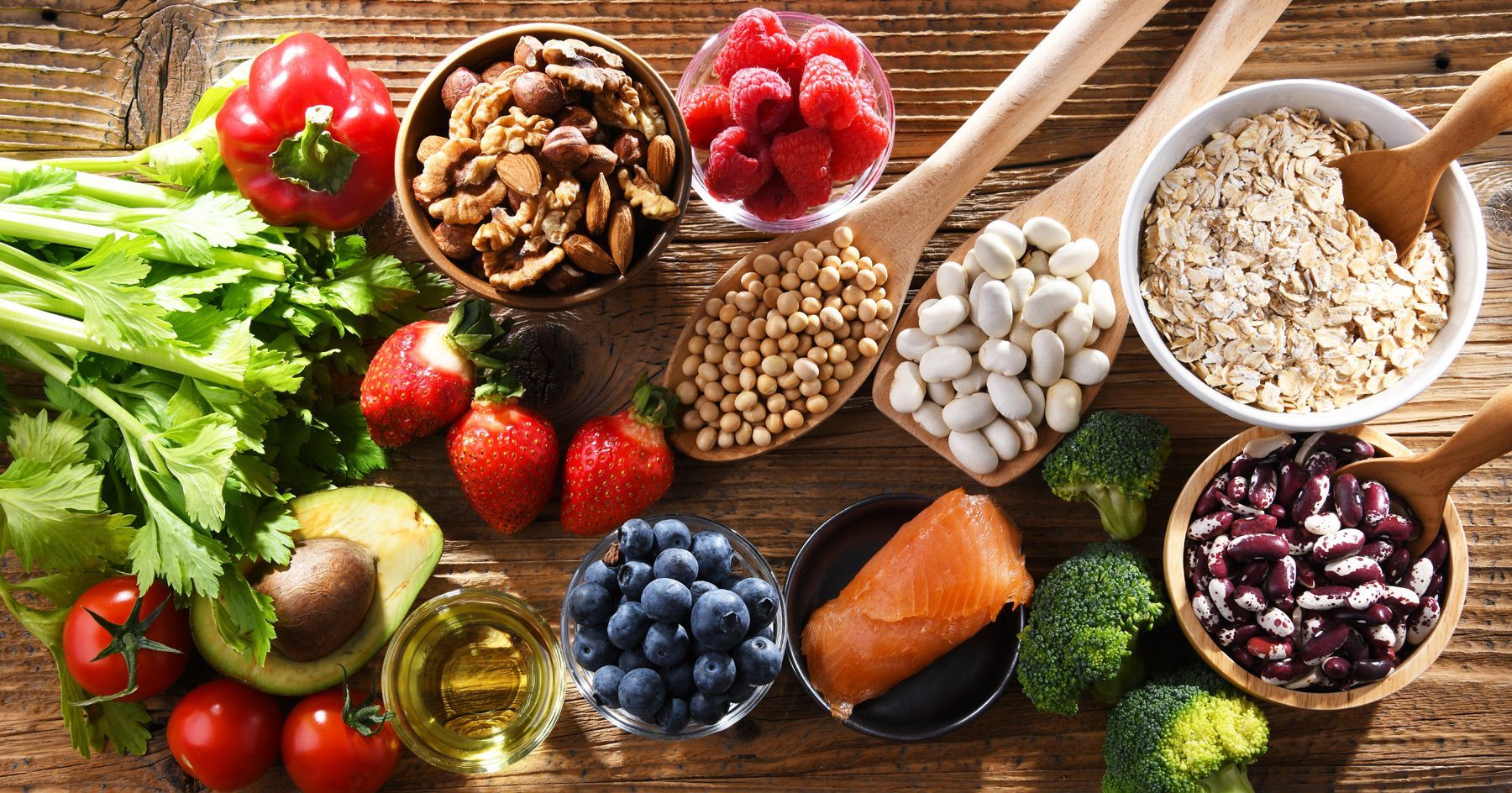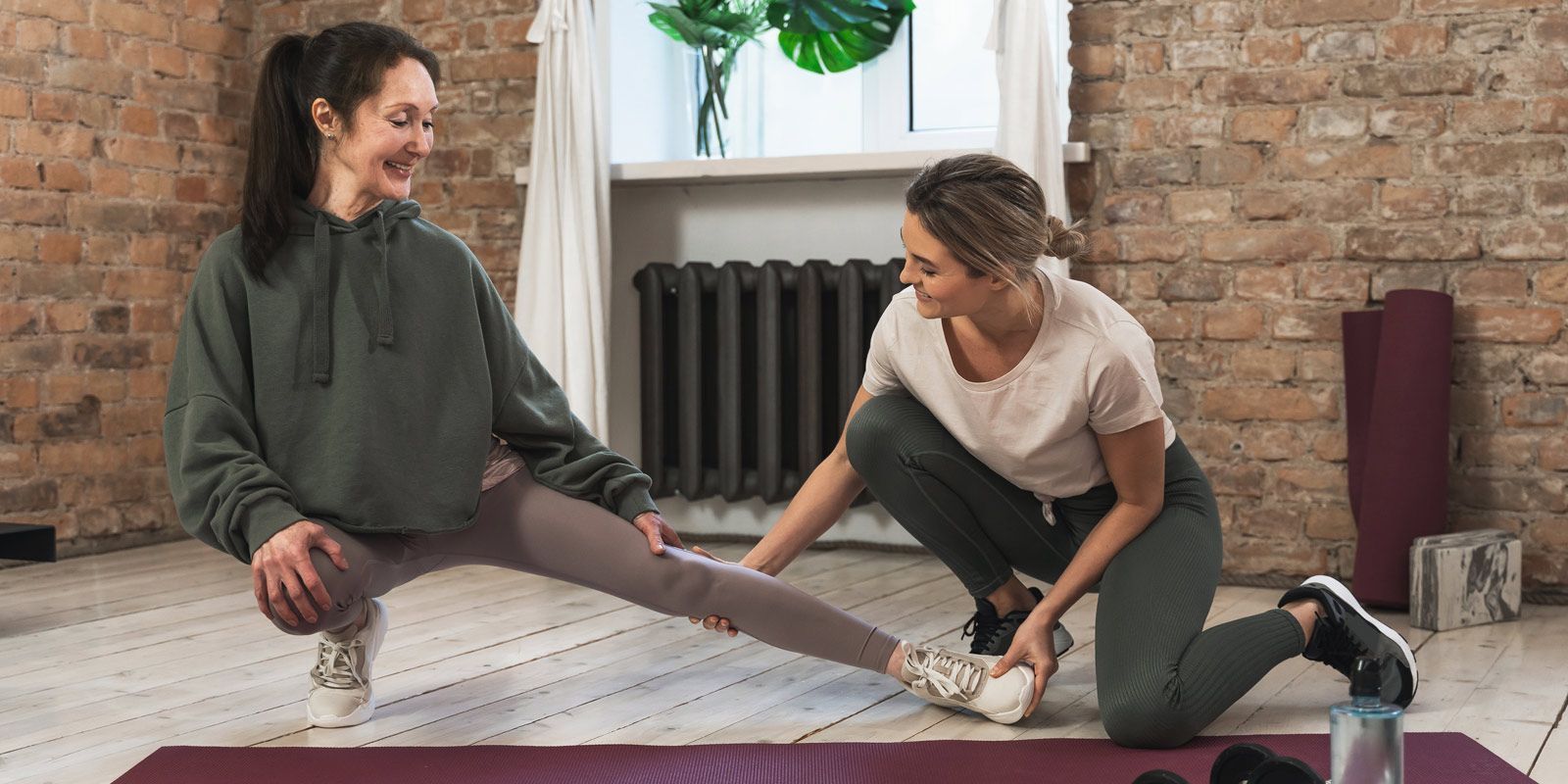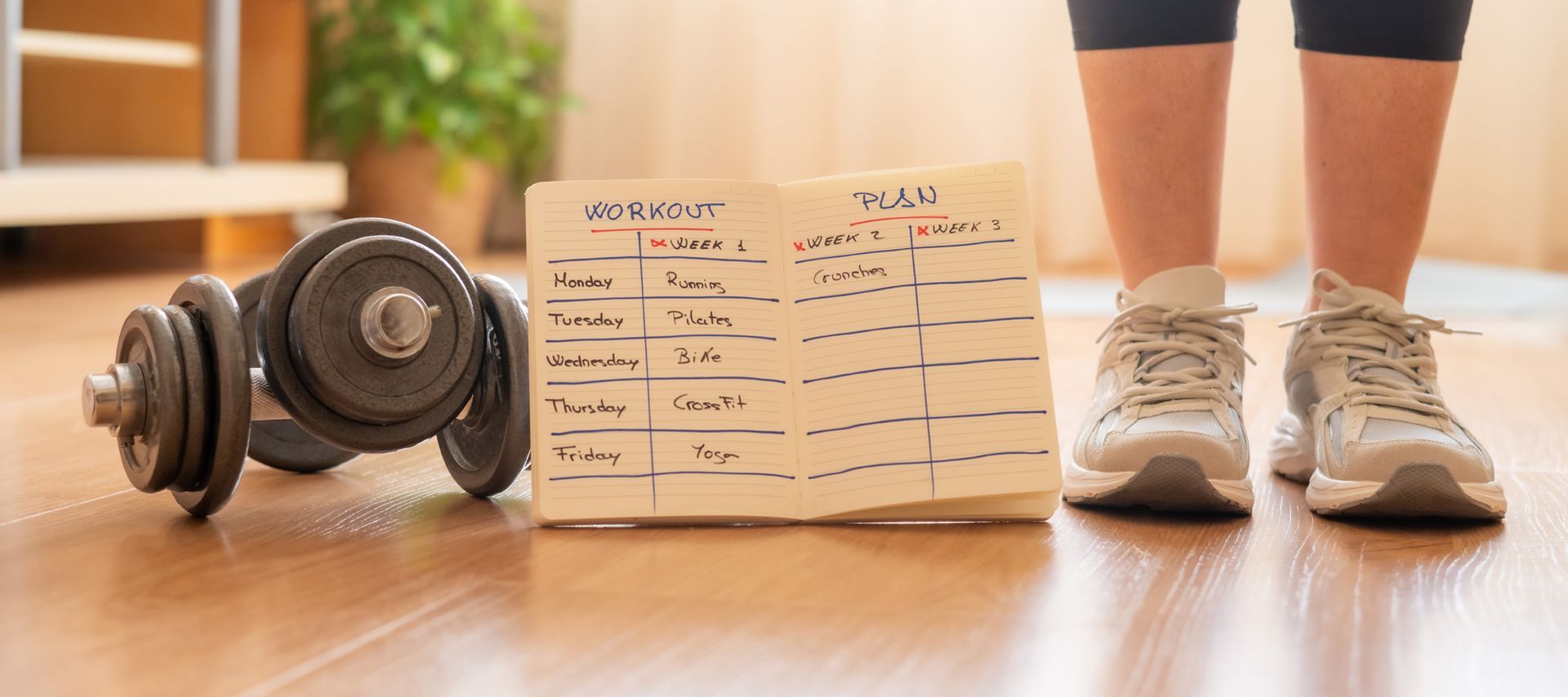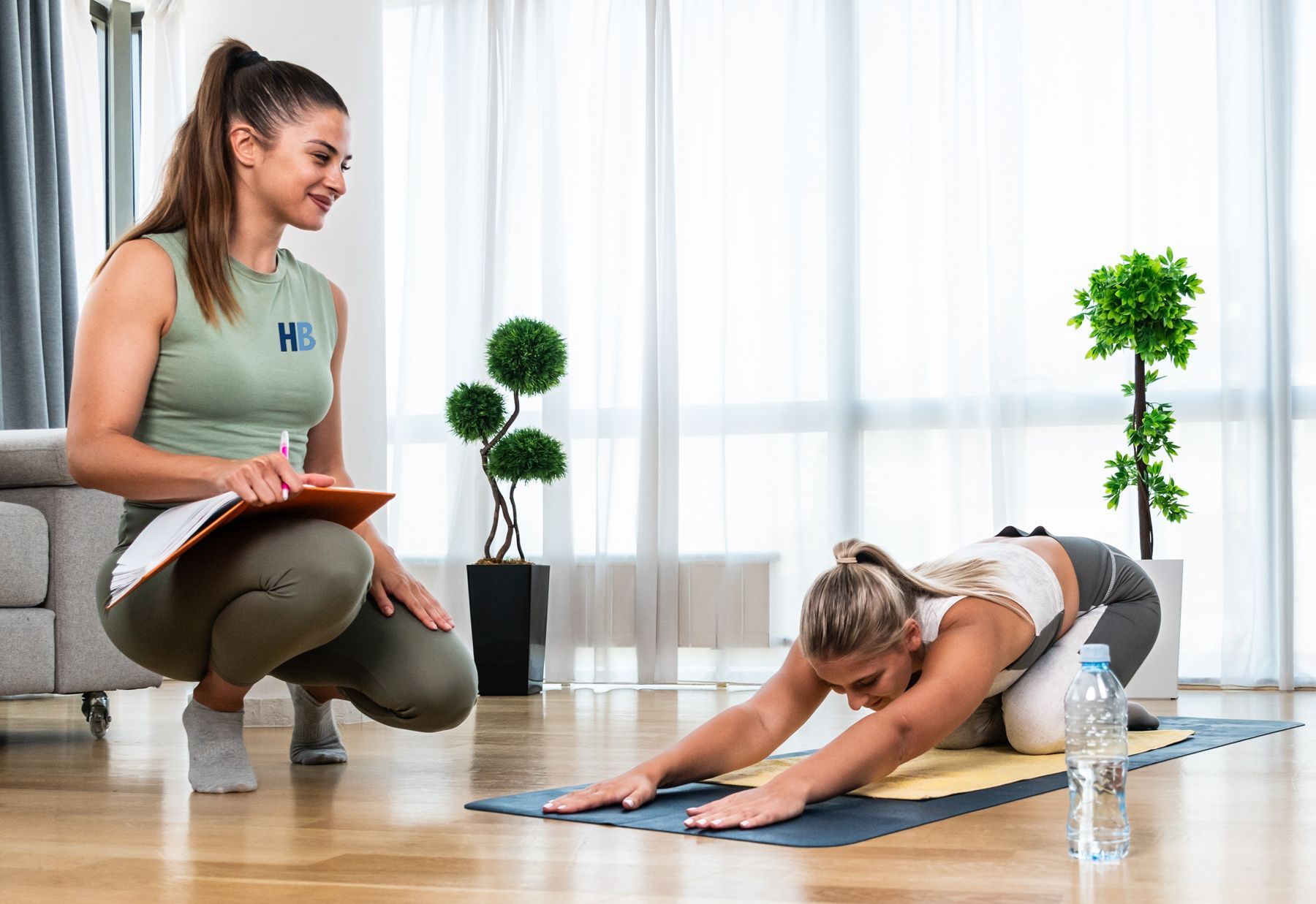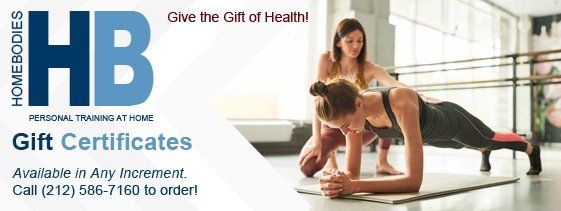Range of Motion: Enhancing Mobility for a Healthier Life
Range of motion (ROM) refers to the extent to which a joint can move in various directions. It is a crucial aspect of physical fitness and is significant in maintaining overall health and well-being. This blog post explores the range of motion, who benefits from maintaining an excellent range of motion, the consequences of limited mobility, how a maximum range of motion can be achieved, and dietary recommendations to support optimal ROM.
Range of motion measures movement around a specific joint or body part. It is classified into two types: active and passive. Active range of motion refers to the movement achieved by the individual's own muscular effort. In contrast, passive range of motion is the degree of movement achieved with assistance from an external force.
Individuals who maintain an excellent range of motion experience numerous long-term health and wellness benefits. Athletes and fitness enthusiasts can improve performance and reduce the risk of injury by enhancing joint flexibility. Additionally, individuals with sedentary lifestyles can alleviate muscle tension, improve posture, and increase overall mobility and functionality.
Limited range of motion can adversely affect physical health and quality of life. It can lead to muscle imbalances, joint stiffness, and decreased flexibility. Restricted mobility can also hinder daily activities, impair athletic performance, and increase the risk of musculoskeletal injuries.
Achieving Maximum Range of Motion
- Regular Stretching: Incorporating dynamic and static stretching exercises into a fitness routine can help increase flexibility and range of motion. Focus on stretching all major muscle groups.
- Strength and Resistance Training: Building strength in the muscles surrounding a joint can enhance stability and support an increased range of motion. Include exercises that target specific joints and their associated muscles.
- Joint Mobilization Techniques: Physical therapists and chiropractors can provide targeted joint mobilization techniques to improve joint movement and restore optimal range of motion.
- Regular Physical Activity: Engaging in regular physical activity, such as swimming, yoga, or Pilates, can help maintain and improve the range of motion throughout the body.
Nutritional Advice for Optimal Range of Motion Lifestyles
- Hydration: Staying adequately hydrated is essential for maintaining joint health and preventing stiffness. Aim to drink at least eight glasses of water per day.
- Anti-Inflammatory Foods: Incorporating foods rich in omega-3 fatty acids, such as fatty fish, walnuts, and flaxseeds, can help reduce inflammation and promote joint health.
- Antioxidant-Rich Foods: Consuming a diet rich in colorful fruits and vegetables, such as berries, spinach, and broccoli, provides essential antioxidants that can help reduce oxidative stress and support joint health.
- Adequate Protein Intake: Including lean protein sources like poultry, fish, legumes, and tofu in your diet can support muscle strength and repair, which in turn aids in maintaining joint health.
Summary
Range of motion is a vital component of physical fitness that contributes to overall health and well-being. Whether you are an athlete striving for peak performance or seeking improved functionality and mobility, maintaining an excellent range of motion should be a priority.
By incorporating regular stretching, strength training, joint mobilization techniques, and physical activity into your routine, you can enhance your range of motion and enjoy its numerous benefits to your daily life. Additionally, following a balanced diet that includes hydration, anti-inflammatory foods, antioxidants, and adequate protein can support optimal joint health and range of motion.
Turmeric-Ginger Salmon with Roasted Vegetables
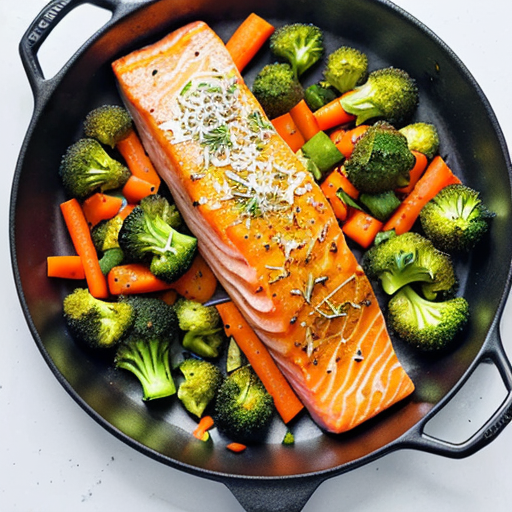
Turmeric-Ginger Salmon with Roasted Vegetables
This recipe incorporates turmeric, ginger, garlic, and various antioxidant-rich vegetables. Turmeric contains curcumin, a potent anti-inflammatory compound, while ginger and garlic also possess anti-inflammatory properties. The mixed vegetables provide a range of antioxidants, vitamins, and minerals, promoting overall health and well-being. Enjoy this delicious and nutritious anti-inflammatory dinner that supports joint health and overall wellness.
Ingredients
For the Turmeric-Ginger Salmon
- 2 salmon fillets
- 1 tablespoon turmeric powder
- 1 tablespoon grated fresh ginger
- 2 cloves garlic, minced
- 2 tablespoons lemon juice
- 2 tablespoons olive oil
- Salt and pepper to taste
For the Roasted Vegetables
- 2 cups mixed vegetables (such as broccoli florets, bell peppers, and carrots), chopped
- 1 tablespoon olive oil
- 1 teaspoon dried rosemary
- 1 teaspoon dried thyme
- Salt and pepper to taste
Instructions:
1. Preheat the oven to 400°F (200°C).
2. In a small bowl, mix together the turmeric powder, grated ginger, minced garlic, lemon juice, olive oil, salt, and pepper to form a marinade.
3. Place the salmon fillets in a shallow dish and pour the marinade over them. Ensure the fillets are well coated. Let them marinate for 15-20 minutes.
4. Meanwhile, prepare the vegetables. In a large bowl, toss the chopped vegetables with olive oil, dried rosemary, dried thyme, salt, and pepper until evenly coated.
5. Spread the vegetables evenly on a baking sheet lined with parchment paper. Place the marinated salmon fillets on top of the vegetables, skin-side down.
6. Bake in the preheated oven for about 15-20 minutes or until the salmon is cooked through and flakes easily with a fork.
7. Remove the salmon and vegetables from the oven. Serve the salmon alongside the roasted vegetables for a complete, anti-inflammatory dinner.
Optional: You can squeeze fresh lemon juice over the salmon and vegetables before serving for an added burst of citrus flavor.

